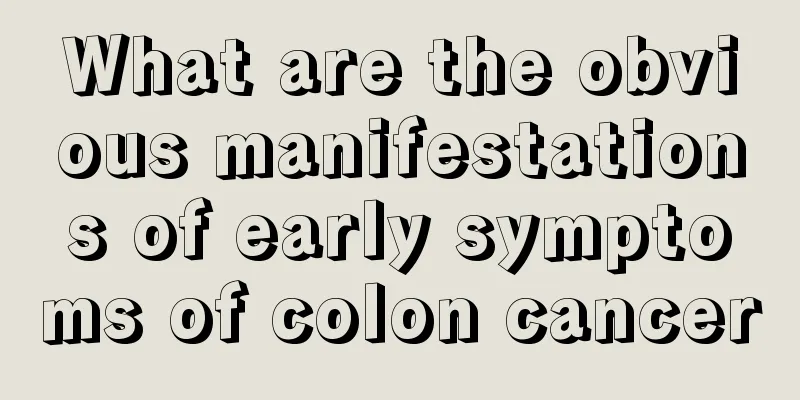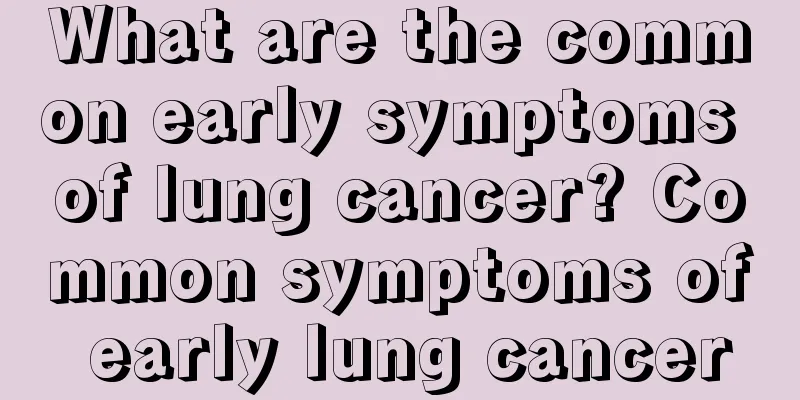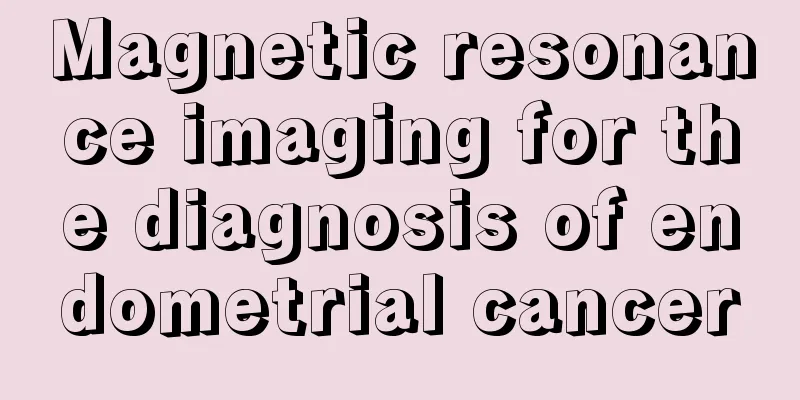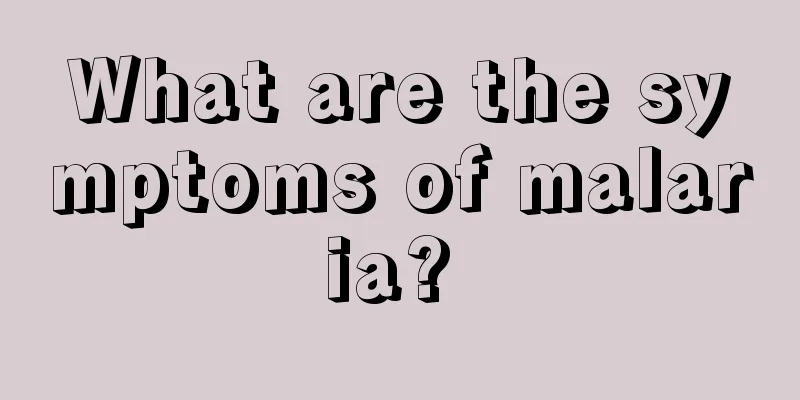What are the obvious manifestations of early symptoms of colon cancer

|
In recent years, the number of patients with colon cancer has been on the rise. Many patients ignore the early symptoms of colon cancer . So what are the common early symptoms of colon cancer? Let's take a look at the early symptoms of colon cancer. (1) Abdominal pain and digestive tract irritation symptoms: Most patients with early symptoms of colon cancer have varying degrees of abdominal pain and discomfort, such as dull abdominal pain, right-sided abdominal fullness, nausea, vomiting, and loss of appetite. Symptoms often worsen after eating, sometimes accompanied by intermittent diarrhea or constipation, and are easily confused with chronic appendicitis, ileocecal tuberculosis, ileocecal segmental enteritis, or lymphomas that are common in the right lower abdomen. Hepatic flexure cancer of the colon can present as paroxysmal colic in the right upper abdomen, similar to chronic cholecystitis. It is generally believed that pain from right-sided colon cancer often reflects to the upper part of the navel; pain from left-sided colon cancer often reflects to the lower part of the navel. If the tumor penetrates the intestinal wall and causes local inflammatory adhesions, or forms a local abscess after chronic perforation, the pain site is where the tumor is located. (2) Abdominal masses: Early symptoms of colon cancer are generally irregular in shape, hard in texture, and nodular in surface. Transverse colon and sigmoid colon cancers have a certain degree of mobility and mild tenderness in the early stages. If ascending or descending colon cancer has penetrated the intestinal wall and adhered to surrounding organs, chronically perforated to form abscesses, or pierced adjacent organs to form internal fistulas, the masses are mostly fixed, with unclear edges and obvious tenderness. (3) Changes in bowel habits and stool characteristics: The early symptoms of colon cancer are the result of ulceration and secondary infection caused by tumor necrosis. Due to toxins stimulating the colon, bowel habits change, the number of bowel movements increases or decreases, and sometimes diarrhea and constipation alternate. There may be abdominal cramps before defecation, which are relieved after defecation. If the tumor is located lower or in the rectum, there may be symptoms of rectal irritation such as anal pain, difficulty in defecation, or tenesmus. The stool is often unformed and mixed with mucus, pus and blood. Sometimes it contains a large amount of blood and is often misdiagnosed as dysentery, enteritis, hemorrhoidal bleeding, etc. (4) Symptoms of anemia and chronic toxin absorption: The necrosis of the tumor surface forms ulcers, which may cause continuous small amounts of bleeding. The blood and feces are mixed and do not easily attract the patient's attention. However, due to chronic blood loss, toxin absorption and malnutrition, anemia, emaciation, weakness and weight loss may occur. Late-stage patients have edema, hepatomegaly, ascites, hypoproteinemia, cachexia and other phenomena. If the tumor penetrates the stomach or bladder to form an internal fistula, corresponding symptoms may also occur. (5) Intestinal obstruction and intestinal perforation: caused by mass filling in the intestinal cavity, strangulation of the intestinal tube itself, or adhesion and compression outside the intestinal cavity. It often manifests as incomplete intestinal obstruction with slow progression. Patients with early obstruction may have chronic abdominal pain accompanied by abdominal distension and constipation, but can still eat, and the symptoms are more severe after eating. Symptoms can be relieved after treatment with laxatives, enema, Chinese medicine, etc. After a long period of repeated attacks, the obstruction gradually becomes complete. Some patients present in the form of acute intestinal obstruction. About half of the acute colon obstructions in the elderly are caused by colon cancer. When the colon is completely obstructed, closed loop intestinal obstruction is formed because the ileocecal valve blocks the backflow of colon contents to the ileum. The colon from the cecum to the obstruction site can be extremely dilated, and the pressure in the intestinal cavity continues to increase, rapidly developing into strangulated intestinal obstruction, or even intestinal necrosis and perforation, causing secondary peritonitis. Some patients have atypical symptoms in the past, making it difficult to make a clear diagnosis before surgery. Cancers located in the cecum, transverse colon, and sigmoid colon can cause intussusception when intestinal peristalsis is vigorous. The above information is about the early symptoms of colon cancer. I hope you can pay attention to the early symptoms of colon cancer. As long as you understand the early symptoms of colon cancer, you can detect the disease as early as possible and receive treatment. Finally, I wish you a speedy recovery. |
<<: What are the main early symptoms of cardiac cancer
>>: What are the causes of colon cancer
Recommend
What causes acidosis
Acidosis is a common cause of diarrhea. But every...
Are there any dangers of using a yoga neti pot?
Yoga is a very commonly used exercise technique i...
Will having sex cause uterine cancer
Women's health has attracted social attention...
Numbness in the left back
People often feel some discomfort in their bodies...
Who are the high-risk groups for liver cancer? These 4 types of people are the high-risk groups for liver cancer
Liver cancer is a common disease in my country, a...
Will endometrial cancer be inherited by the next generation?
Inheritance, will endometrial cancer occur in pat...
What is the method to completely cure glioma
Glioma is a terrible brain tumor for people. Afte...
How to use a straight hair comb
The comb is the most commonly used tool for groom...
How to treat glioma recurrence? What are the solutions to glioma recurrence?
Glioma is a highly recurrent brain tumor disease....
There are scratches on my face when I wake up
Why do I have scratches on my face when I wake up...
What is estrogen?
Maybe many people are still unclear about what es...
How to eat Panax notoginseng vegetables_The correct way to eat Panax notoginseng vegetables
The effective active substances contained in Pana...
Increased gallbladder size
The gallbladder is very important to us. It can s...
What is the reason for gray hair?
There are many reasons for gray hair. If gray hai...
What anti-inflammatory drugs can I take for ovarian tumors
Ovarian tumors are common in many patients. Once ...









